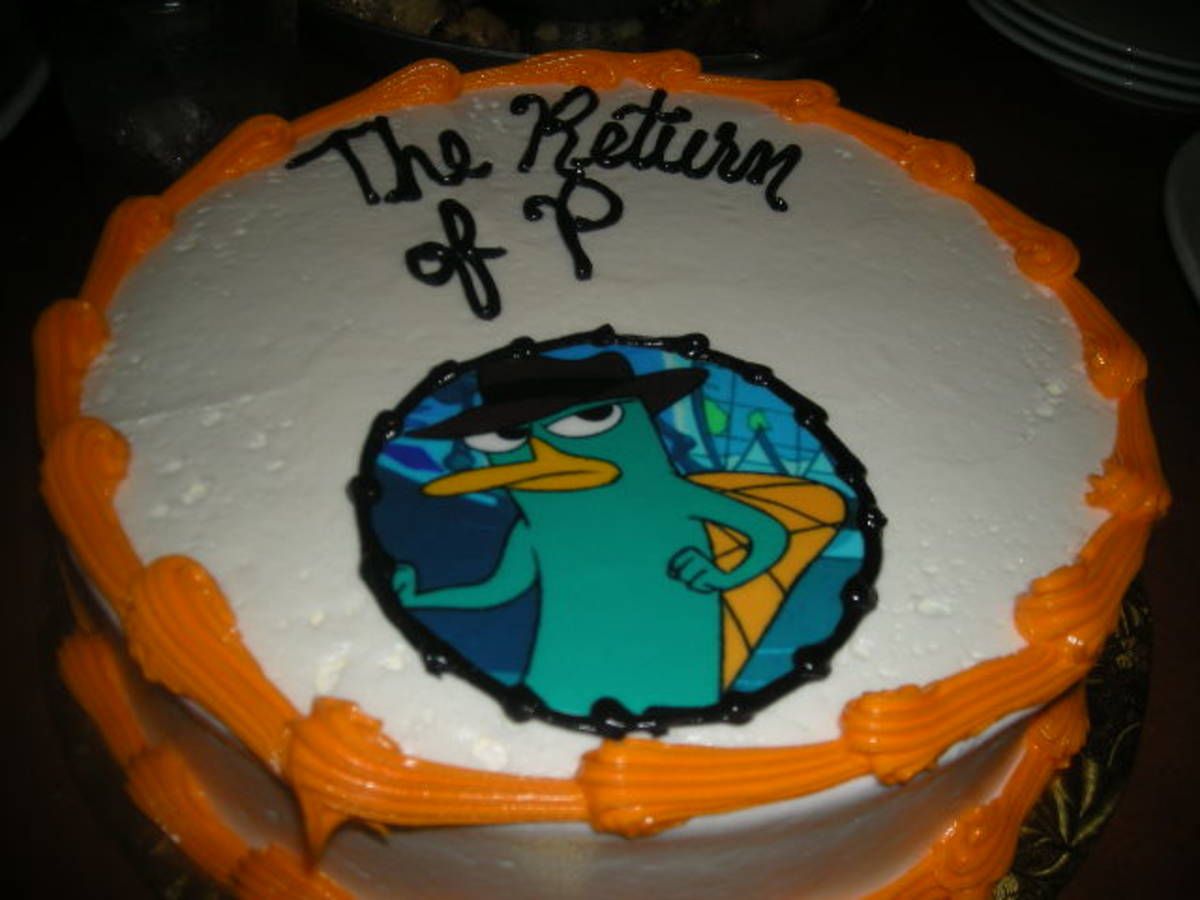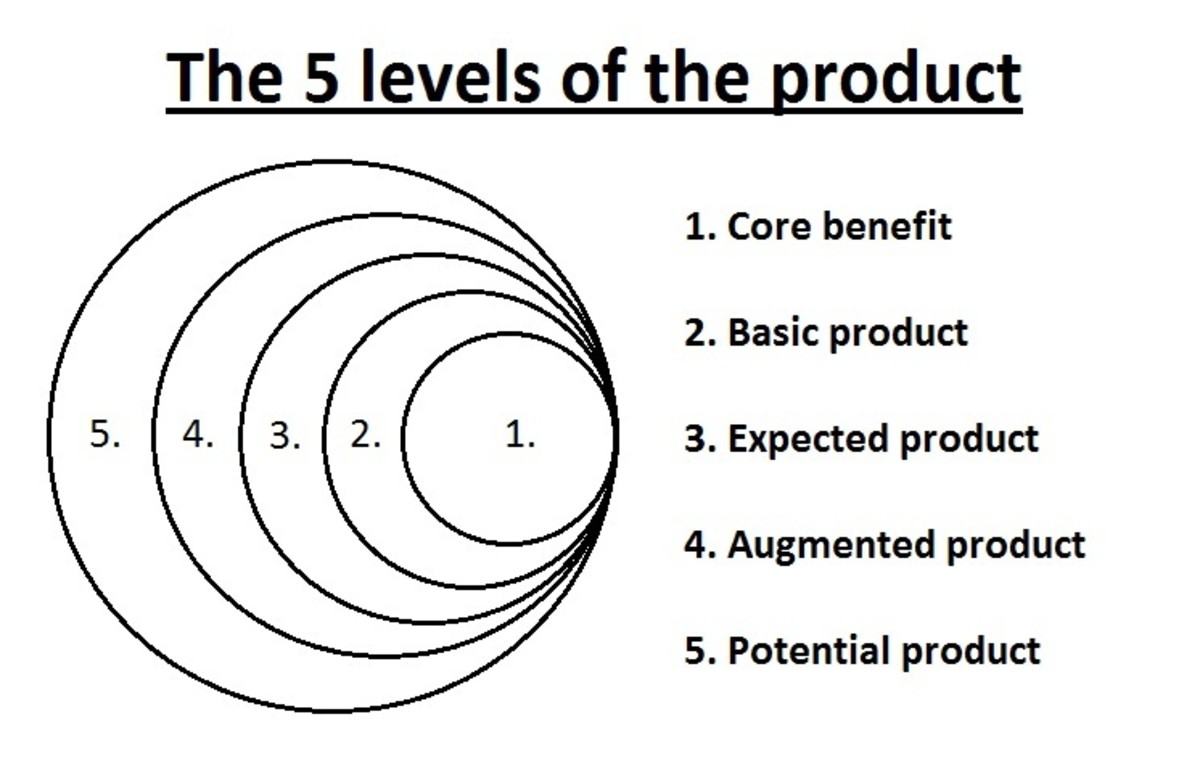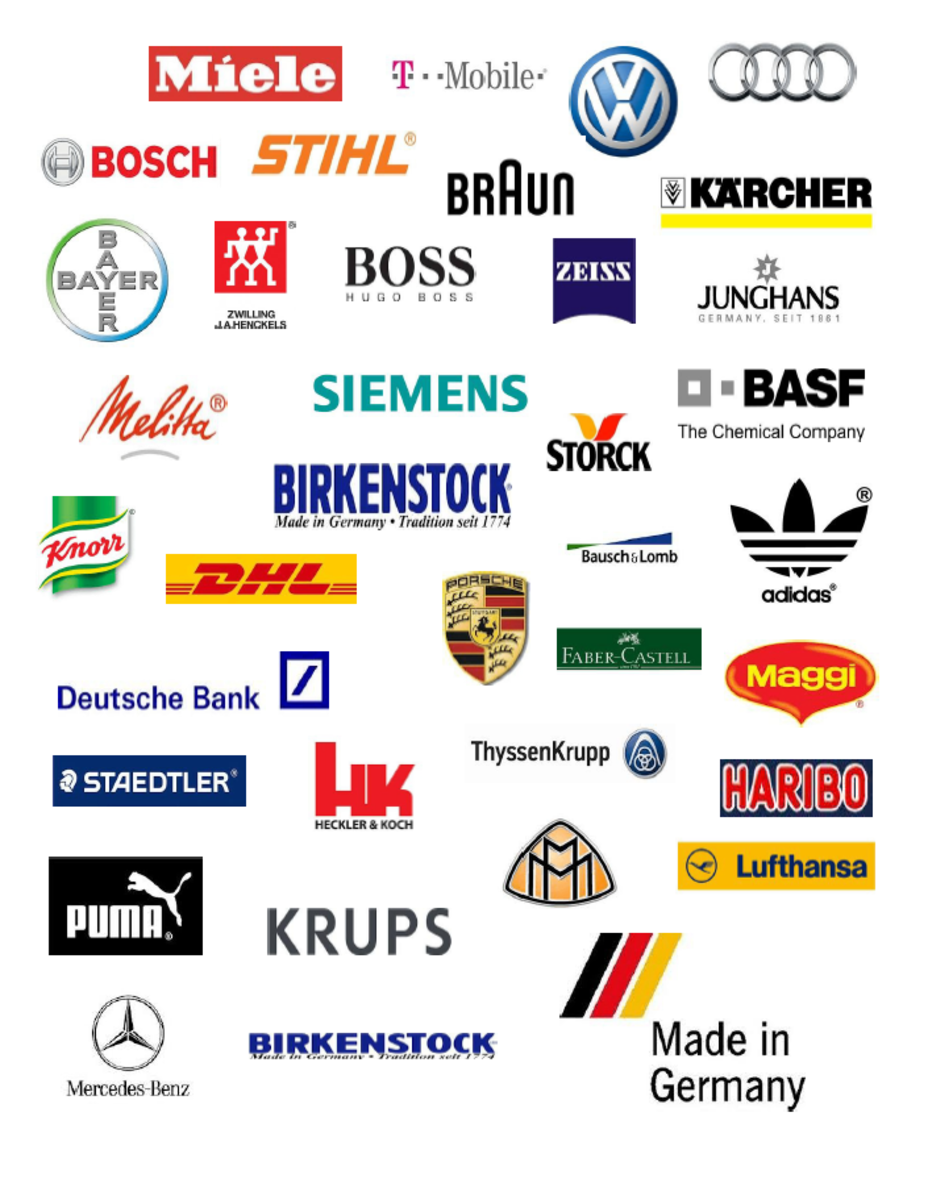Custom Promotional Items: Pros and Cons

When I was in the promotional products business, hardly a year went by without receiving at least one inquiry for custom promotional items. Everything from custom shaped magnets and notepads to custom molded action figures. Are all of them possible? You bet! Are all of them feasible projects? No way.
Usually the client is envisioning a high impact promotional giveaway that will help the company build their brand. Truly, this type of project could accomplish that. In fact, some of these unique items can become valuable collectibles, especially those for highly desirable brands.
But there are some of significant drawbacks to these one-of-a-kind projects.
Customized Promotional Items versus Custom Promotional Items
Most standard, straight-out-of-the-catalog promotional giveaways are considered customized promotional items. Customized means that the customer selects options such as the following:
- Logo or text that is to be printed
- Color of ink used and/or type of standard imprint process
- Standard imprinting location on the product
Example: A customer wants customized screen printed T shirts. He would choose the logo, ink color and where he wants that printed. On a T shirt standard imprint locations are full front, left chest, right chest (less common) or full back.
In contrast, custom promotional products are usually specially manufactured and are not merely imprinted. Using the same example, say the customer wanted a T shirt made from a special fabric, with an unusually styled sleeve or neckline or printed with a design that spans from front to back. This is a completely custom build.
Why are Custom Promotional Items so Expensive?
To create custom promotional products, the following expenses could be charged and will vary by project:
- Custom Design. Especially when it comes to 3D items, the cost to develop sketches and models can run into the hundreds, if not thousands, of dollars. Virtual modeling technologies can help reduce the costs in this phase. However, a physical prototype, or proof, may still done prior to the final production run.
- Custom Dies, Molds and Manufacturing. Once a custom design and model is complete, the actual dies and molds must be developed in order to actually make the product. A die is a cutting template to create the desired shape or size. A mold is usually used for plastic or poured materials. Custom manufacturing could also include processes such as hand detailing and piece-by-piece construction. Like custom design, these fees can also run into the hundreds or thousands of dollars, depending on the complexity and difficulty to physically manufacture.
- Custom Decorating. If an item needs to be decorated in specially mixed inks or paints, or in unusual locations, there usually are fees for the custom inks or paints and the special handling required to decorate in difficult locations. As with the design, die and mold costs, the more complex the decorating scheme, the more expensive it is. One of the most common custom decorating costs is PMS (Pantone Matching System) color inks.
- High Quantities and/or High Cost. Because of the high costs for the manufacturer, usually a high quantity of final custom promotional products need to be ordered, sometimes with a minimum of several thousand pieces. For those items where a low minimum order quantity is offered (even as small as one piece; custom awards being an example), the per piece cost may be extremely high.
What About 3D Printing?
Though 3D printing could make short run custom promotional products a reasonably priced reality, the industry is still not at a point (as of this writing) where that is possible or widely available.
Add to this the issue that a custom designed 3D printed item may not meet CPSC (Consumer Product Safety Commission) safety requirements. This opens up both the manufacturer and the business using the items (which could be one in the same!) to additional product liability, especially if making these types of items is not part of the company's normal offerings.
This article is accurate and true to the best of the author’s knowledge. Content is for informational or entertainment purposes only and does not substitute for personal counsel or professional advice in business, financial, legal, or technical matters.
© 2014 Heidi Thorne








